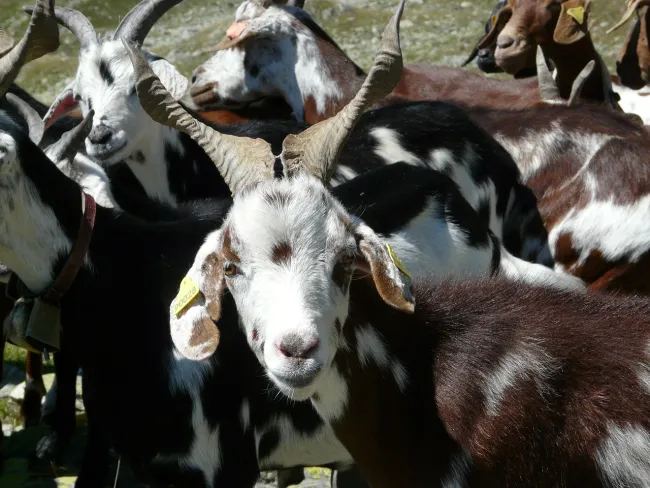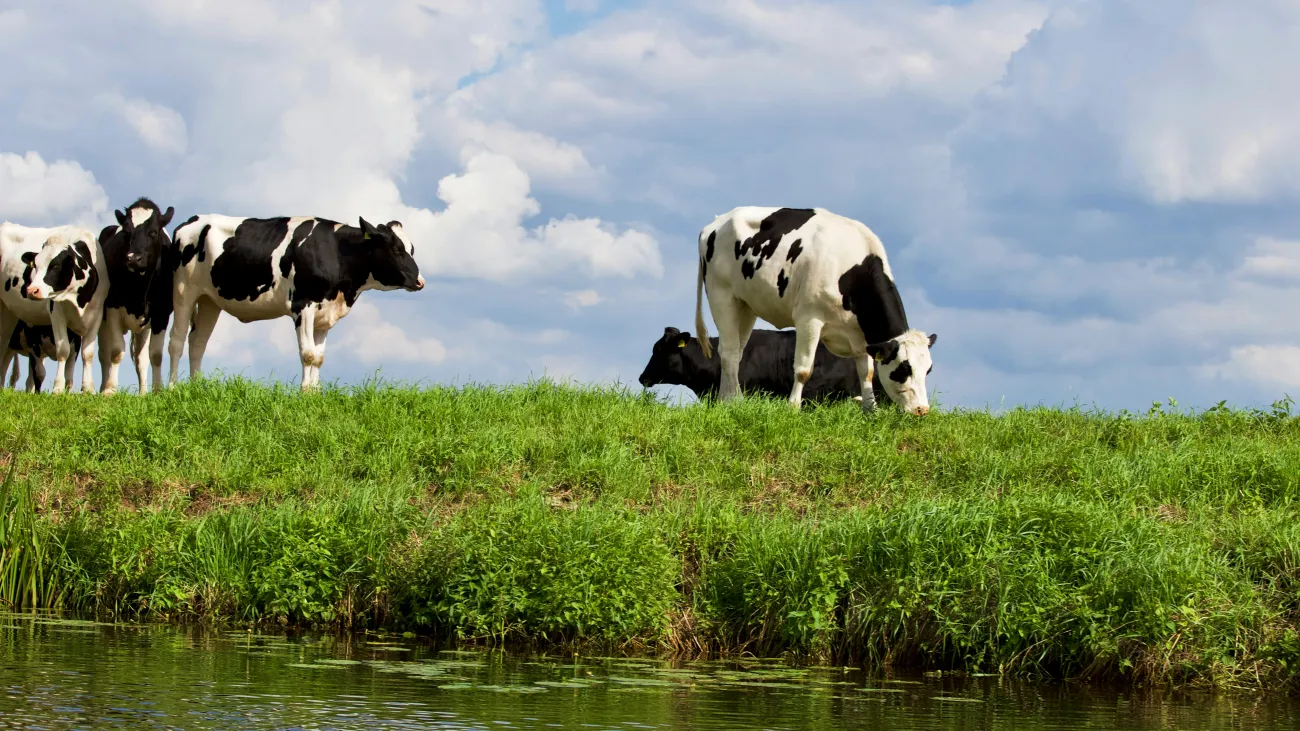This systematic review examines the effects of anthropogenic land use change (such as deforestation, urbanisation and agricultural intensification) on the transmission of zoonotic diseases from mammals to humans.

The studies reviewed by the paper examine a variety of mammals, including rodents, livestock, carnivores, non-human primates and bats.
According to the review, the spread of zoonotic diseases from animals to humans is related to agricultural intensification in several ways. For example, the prevalence of Q fever has been linked to stocking density of sheep or goats. Furthermore, industrial livestock systems where many animals are confined to a small space allow pathogens to be easily transmitted. The paper suggests that reducing global consumption of animal products might reduce agricultural intensification and related zoonotic diseases.
Other drivers of zoonotic disease transmission include deforestation and urbanisation. For example, both drivers can modify rodent habitats and population dynamics, increasing the risk of Yersinia pestis (plague) re-emerging in human populations.
Abstract
Zoonotic pathogens and parasites that are transmitted from vertebrates to humans are a major public health risk with high associated global economic costs. The spread of these pathogens and risk of transmission accelerate with recent anthropogenic land‐use changes (LUC) such as deforestation, urbanisation, and agricultural intensification, factors that are expected to increase in the future due to human population expansion and increasing demand for resources.
We systematically review the literature on anthropogenic LUC and zoonotic diseases, highlighting the most prominent mammalian reservoirs and pathogens, and identifying avenues for future research.
The majority of studies were global reviews that did not focus on specific taxa. South America and Asia were the most‐studied regions, while the most‐studied LUC was urbanisation. Livestock were studied more within the context of agricultural intensification, carnivores with urbanisation and helminths, bats with deforestation and viruses, and primates with habitat fragmentation and protozoa.
Research into specific animal reservoirs has improved our understanding of how the spread of zoonotic diseases is affected by LUC. The behaviour of hosts can be altered when their habitats are changed, impacting the pathogens they carry and the probability of disease spreading to humans. Understanding this has enabled the identification of factors that alter the risk of emergence (such as virulence, pathogen diversity, and ease of transmission). Yet, many pathogens and impacts of LUC other than urbanisation have been understudied.
Predicting how zoonotic diseases emerge and spread in response to anthropogenic LUC requires more empirical and data synthesis studies that link host ecology and responses with pathogen ecology and disease spread. The link between anthropogenic impacts on the natural environment and the recent COVID‐19 pandemic highlights the urgent need to understand how anthropogenic LUC affects the risk of spillover to humans and spread of zoonotic diseases originating in mammals.
Reference
White, R.J. and Razgour, O., Emerging zoonotic diseases originating in mammals: a systematic review of effects of anthropogenic land‐use change. Mammal Review, Early View.
Read the full paper here. See also the Foodsource chapter What is the connection between infectious diseases in humans and livestock? Read other COVID-19 content in the FCRN’s research library here.




Comments (0)